Day 1
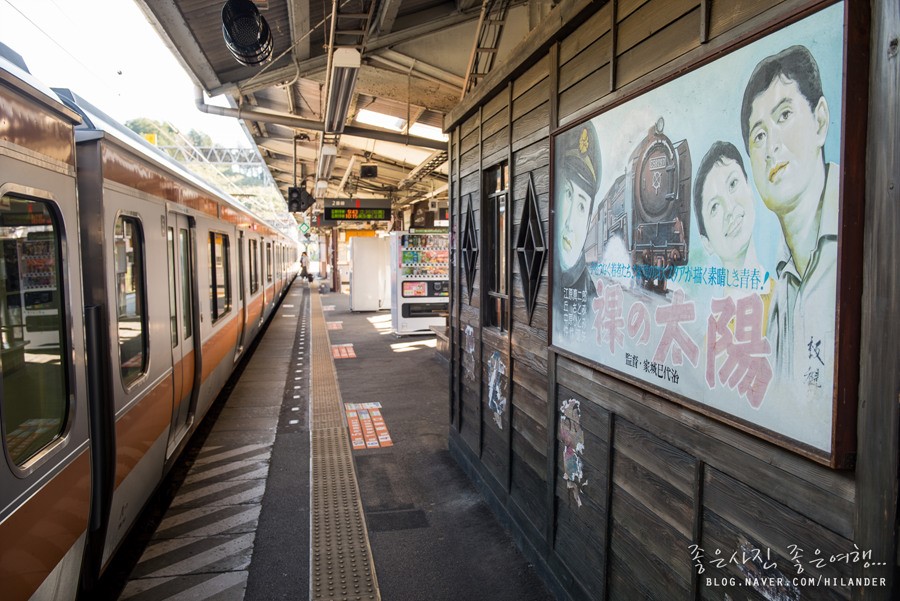
Oume Station (青梅駅)
Mount Mitakesan is easily accessible by subway from downtown Tokyo, making it easy for travelers to get there.
From Shinjuku, Tokyo, you can take the JR line to Ome Station and change trains just once to reach Mitake Station.
Oume Station has a waiting room themed after old Japanese movies, and posters of old Japanese movies are displayed throughout the station, including the underground passageways.
From Shinjuku, Tokyo, you can take the JR line to Ome Station and change trains just once to reach Mitake Station.
Oume Station has a waiting room themed after old Japanese movies, and posters of old Japanese movies are displayed throughout the station, including the underground passageways.
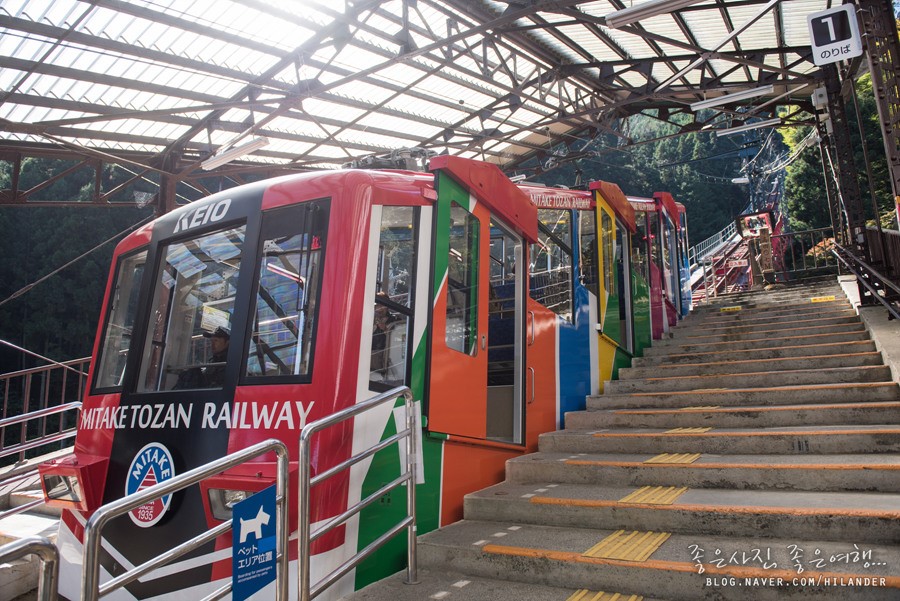
Colorful cable cars
The colorful cable car takes you to the top of the mountain.
You have to hurry up and grab a seat in the front to get a good view of the surroundings :)
You have to hurry up and grab a seat in the front to get a good view of the surroundings :)
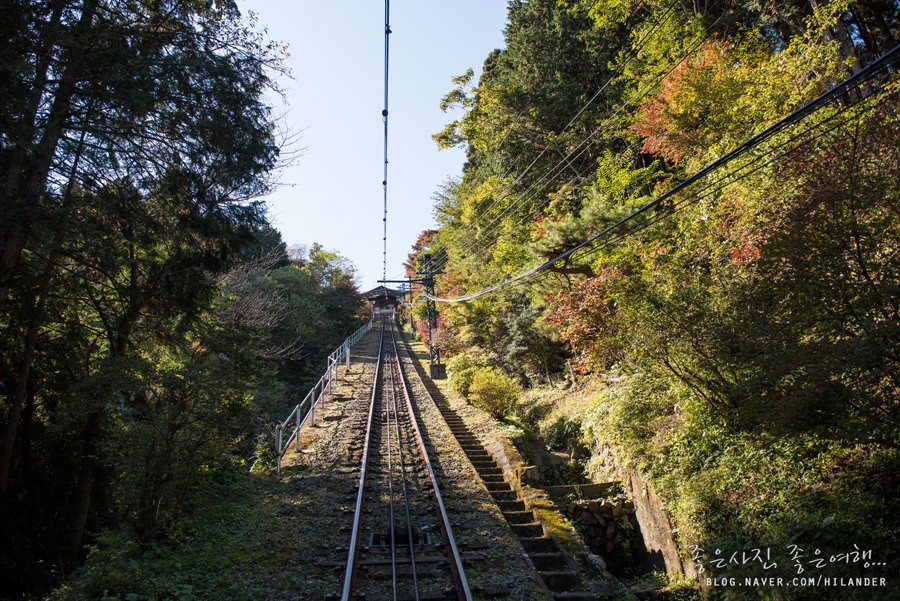
The view from the cable car
The cable car is not suspended in the air, but runs on rails like a European funicular.
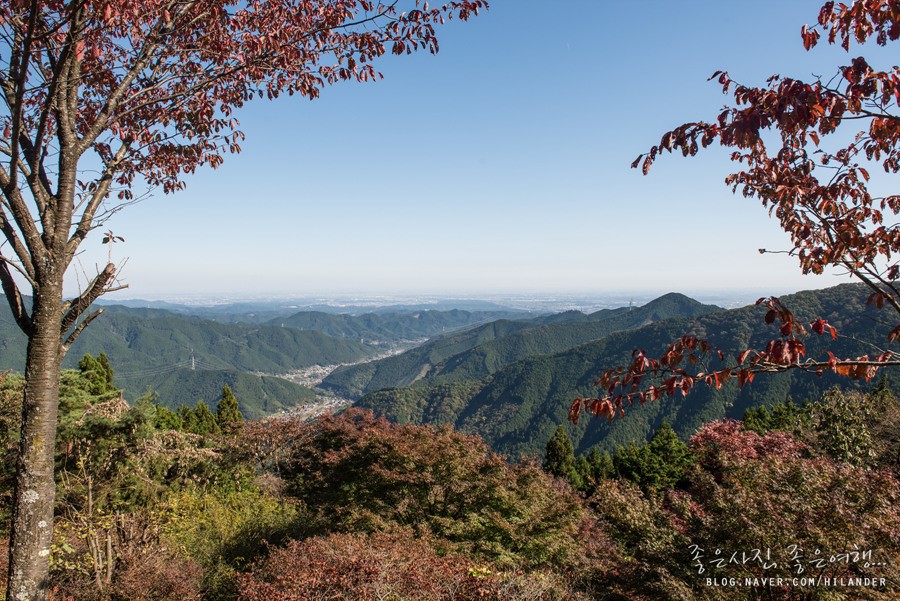
Seeing the Autumn leaves from the observation deck
After exiting the Mitakesan Cable Car station, head to the observation deck next to the cable car, and you'll be able to see Tokyo through the fall foliage.
The Saitama area is in the foreground, and Tokyo is on the right.
According to a local who lives in Tokyo, there are no mountains this high around Tokyo, so you can't get a view like this.
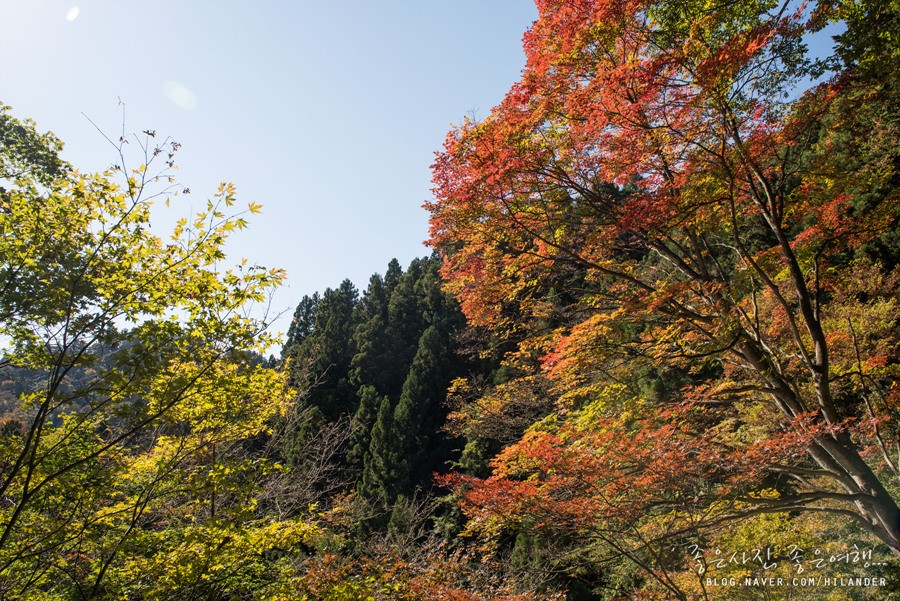
Strolling around Mount Mitake
While walking around Mt. Mitake, I decided to go to the Musashi Mitake Shrine.
Once you get off the cable car, it's a 30-minute walk to the Musashimitake Shrine.
On this particular day, the weather was perfect, and the autumn leaves were beautifully colored on the way to the shrine.
Once you get off the cable car, it's a 30-minute walk to the Musashimitake Shrine.
On this particular day, the weather was perfect, and the autumn leaves were beautifully colored on the way to the shrine.
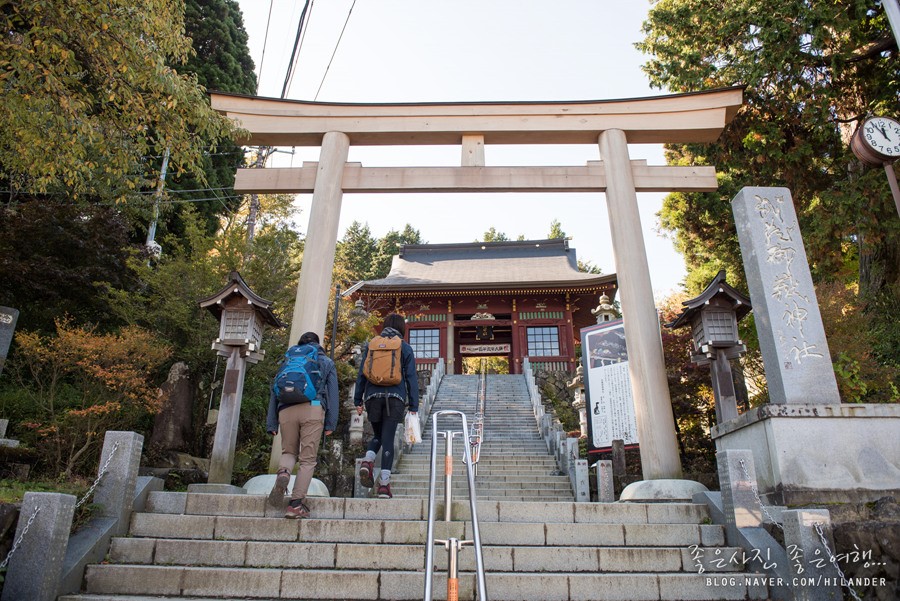
Musashimitake Shrine
Finally, we arrived at the Musashimitake Shrine. Of course, this is just the beginning of the shrine, and not the end.
The Musashimitake Shrine is quite famous in Tokyo, and it houses national treasures such as armor and swords used by Japanese warriors.
The Musashimitake Shrine is quite famous in Tokyo, and it houses national treasures such as armor and swords used by Japanese warriors.
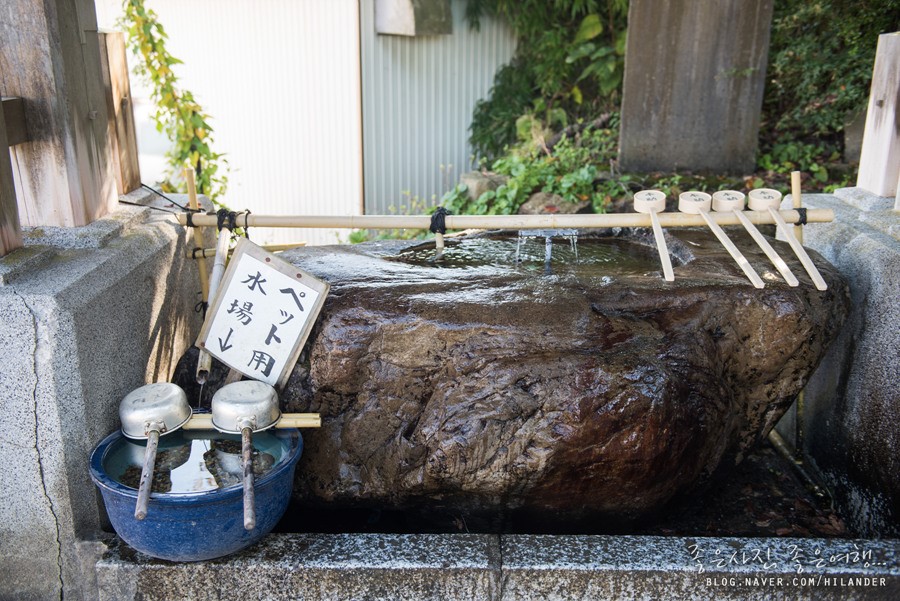
A place to wash your pet's paws
This shrine has something unique. The hand-washing station at the entrance of the shrine is also where you can wash your pet's paws. I've visited many shrines in different parts of Japan, but I've never seen anything like this.
As it turns out, this shrine has a legend of a dog, which seemed to have something to do with it.
As it turns out, this shrine has a legend of a dog, which seemed to have something to do with it.
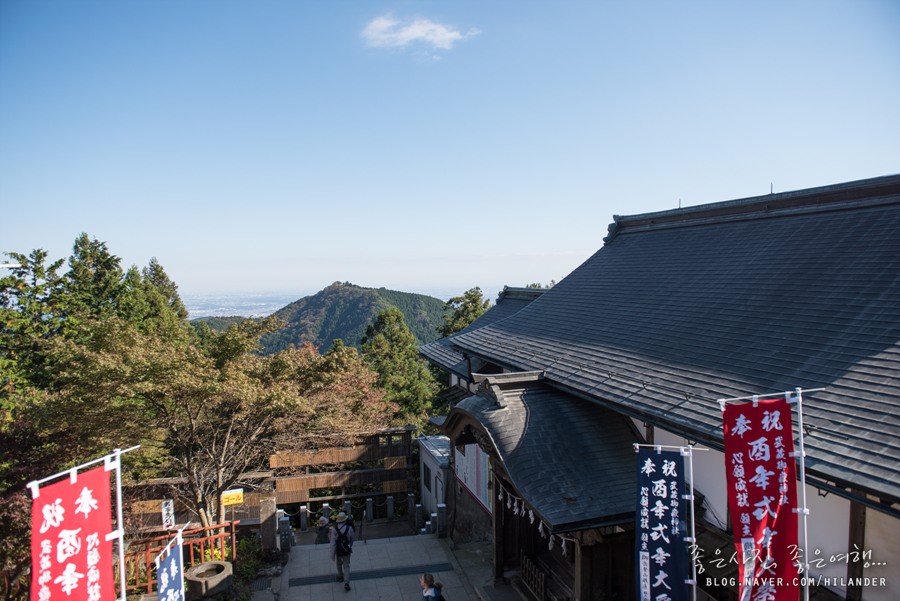
Looking down from the front of the main shrine
As you wind your way up the stairs and look down from the front of the main shrine, you can catch a glimpse of Tokyo in the distance.
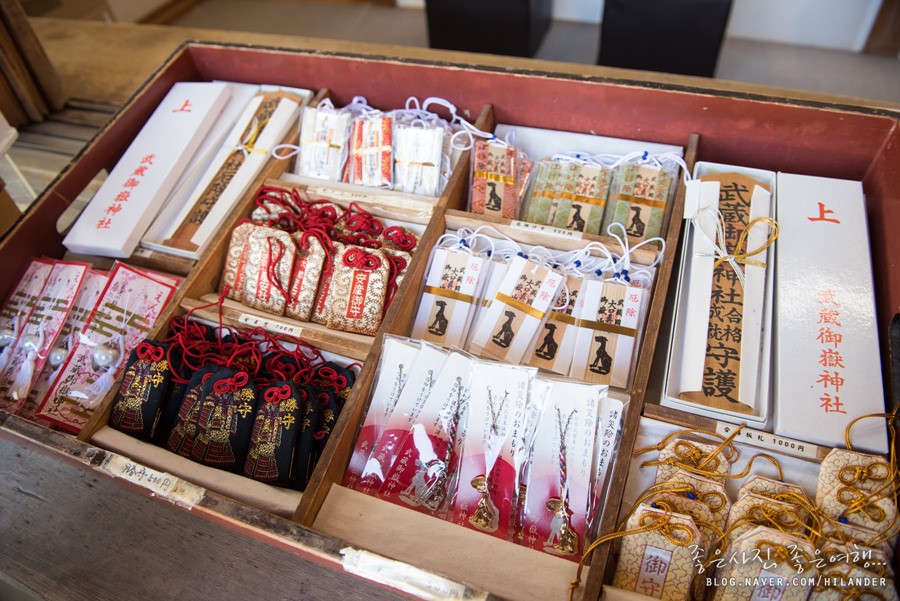
There are amulets for sale at Musashimitake Shrine
There are many different types of amulets modeled after dogs, as the dog led a lost man to safety and prevented disaster.
The amulets are mainly used to pray for good health, longevity, easy childbirth, and to ward off bad luck.
The amulets are mainly used to pray for good health, longevity, easy childbirth, and to ward off bad luck.
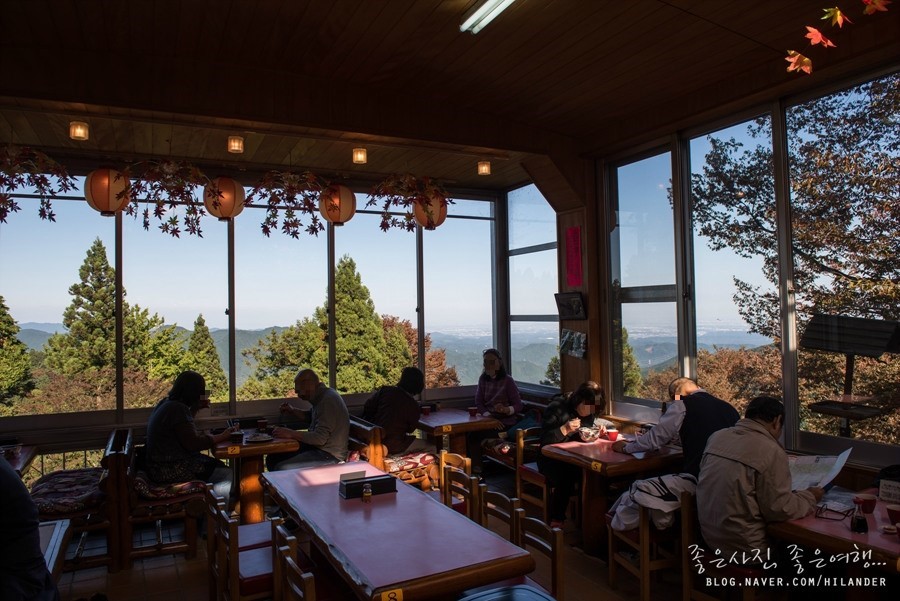
Lunch at a restaurant with a view
After descending from the shrine, you'll come to a narrow alleyway with several restaurants and souvenir shops.
I looked around one of them and decided to have lunch at a place with a good view.
I looked around one of them and decided to have lunch at a place with a good view.
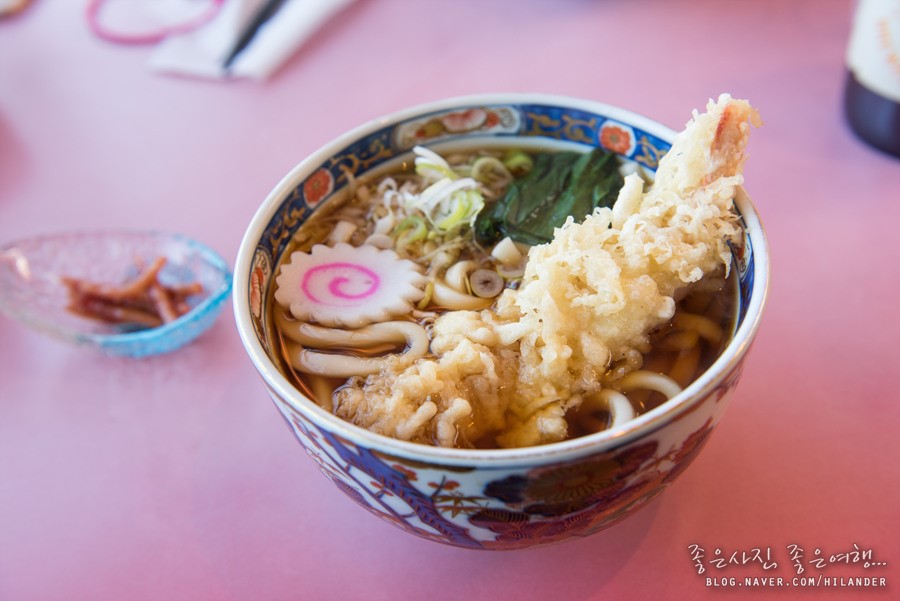
Hot udon noodles
Apparently, this place is famous for its zaru soba noodles, but the weather was chilly and I was craving hot udon.
The udon was delicious, so it was an excellent choice :)
The udon was delicious, so it was an excellent choice :)
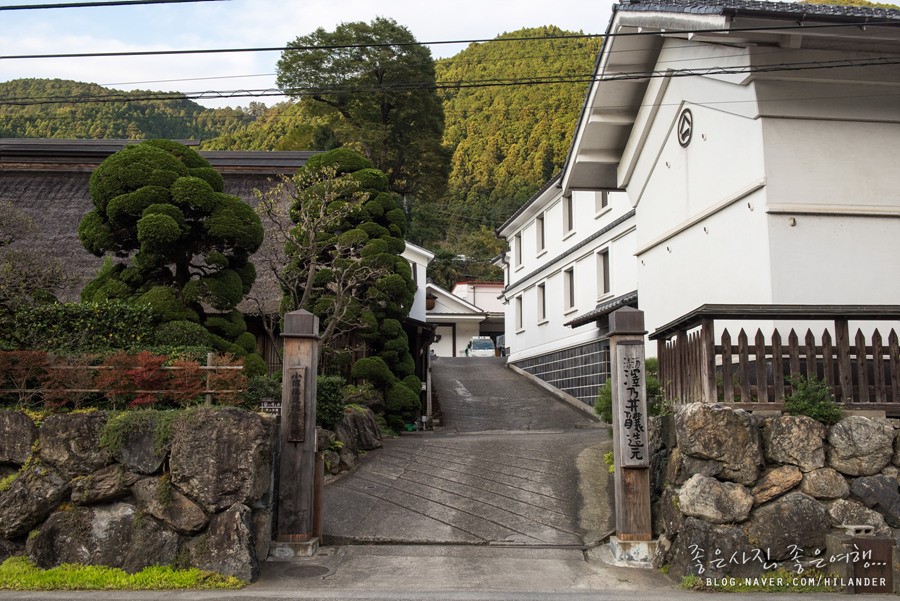
Ozawa Sake Brewery
In the afternoon, we visited Ozawa Sake Brewery, located near Sawai Station.
Ozawa Sake Brewery has been making sake for 314 years and has a long history.
Ozawa Sake Brewery has been making sake for 314 years and has a long history.
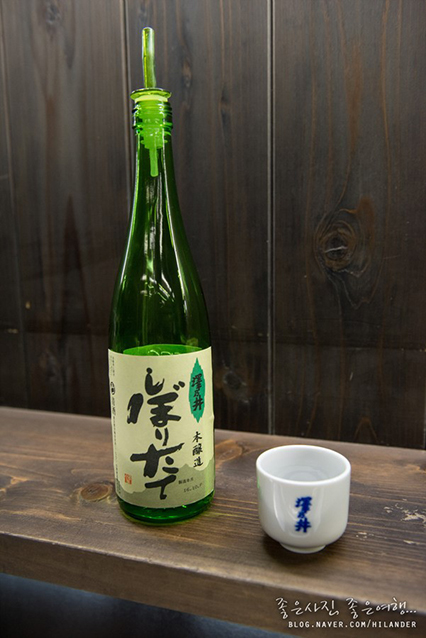
Sawanoi Brand
The brewery makes sake under the Sawano brand, and members of the public can sign up for a tour of the warehouse to learn about the brewing process and sample the sake.
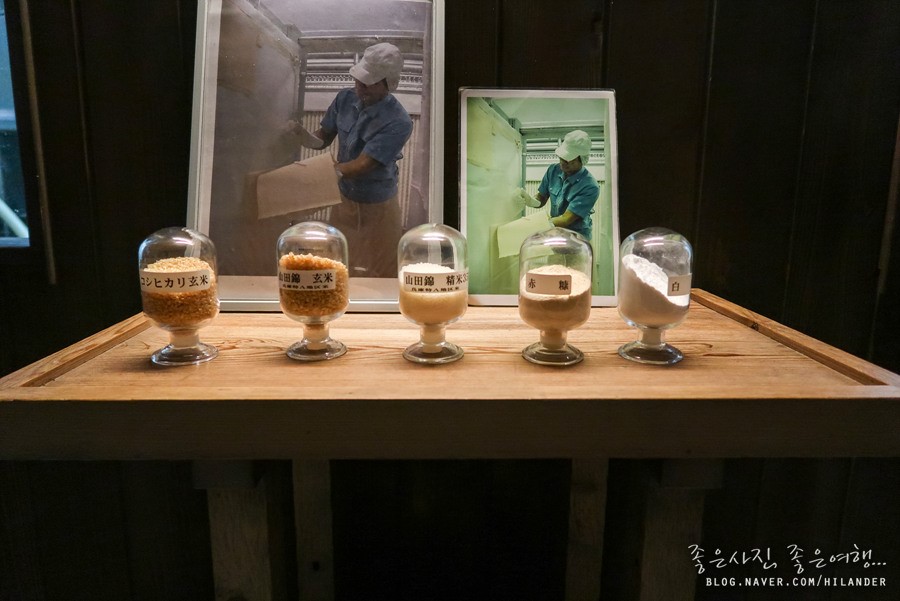
Types of Japanese sake
You'll learn about the different types of sake, such as ginjo, daiginjo, and other classifications based on rice polishing.
We were able to see actual rice polished for ginjo and daiginjo and compare it to un-polished brown rice.
We were able to see actual rice polished for ginjo and daiginjo and compare it to un-polished brown rice.
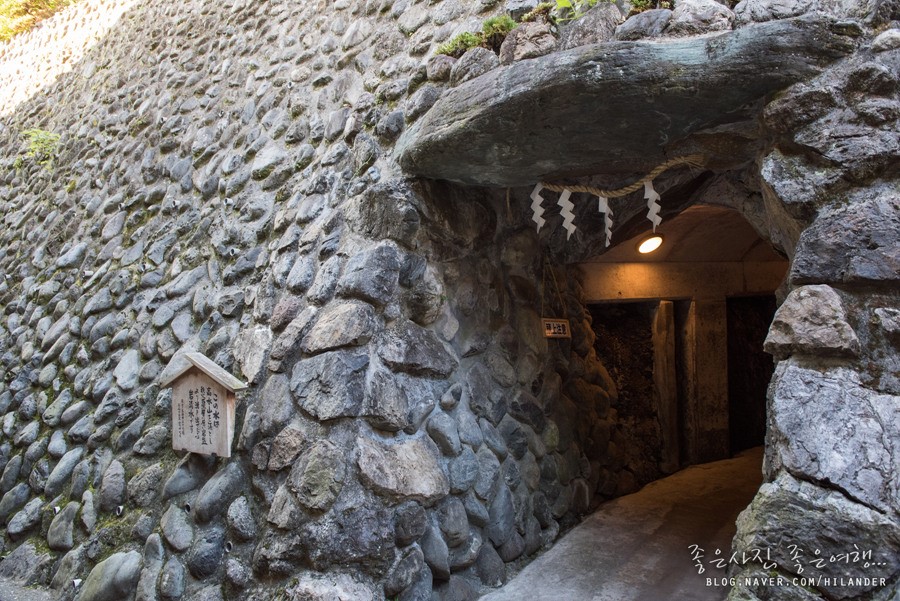
Good sake requires good water
Good sake requires good water, and at Ozawa Shuzo we were able to see the water used to make sake.
I've taken sake brewery tours in other parts of the country, but this was my first time seeing the water.
They supply the water used for sake from a well that was dug 170 years ago.
The water is said to be free of iron and manganese, which keeps the taste and color of the sake unchanged.
I've taken sake brewery tours in other parts of the country, but this was my first time seeing the water.
They supply the water used for sake from a well that was dug 170 years ago.
The water is said to be free of iron and manganese, which keeps the taste and color of the sake unchanged.
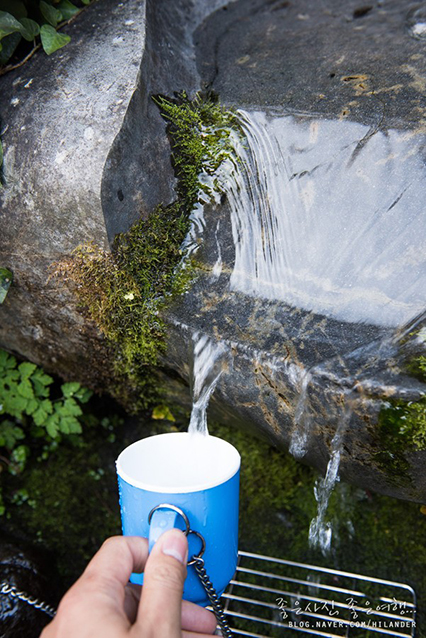
The well
The well can only be seen through a glass window in the cave.
Elsewhere, you can drink the same water that goes into the sake here, as if it were medicinal water.
Elsewhere, you can drink the same water that goes into the sake here, as if it were medicinal water.
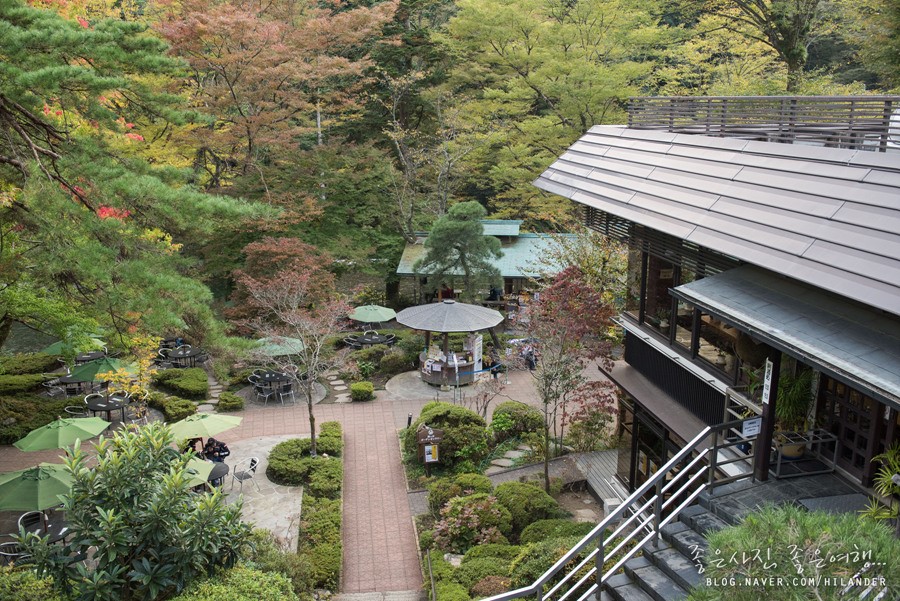
Ozawa Shuzo's surroundings
The tour of Ozawa Shuzo didn't end with the sake brewery, as the brewery also has a separate area where you can enjoy some more sake.
There's a tasting room where you can sample all of the sake they produce for a fee, and there's also a restaurant where you can eat and drink sake with a shrine.
The garden is spacious and there are tables by the river, so the view is quite spectacular and perfect for savoring the flavors.

